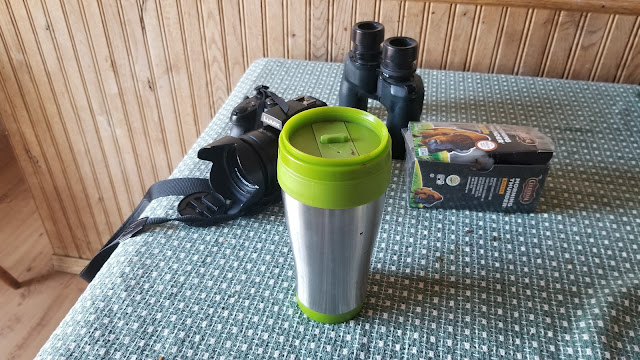Read More, Run More Summer
I have dubbed this summer the Summer of Read More, Run More. For Read More, my read more goal is to read 5 books by Labor Day. I know for some people that's a Tuesday, but I've been slacking on my reading of late. Reading 5 books is an appropriate level of challenge, I will stretch without overreaching. I want Read More to be a growing experience, but a fun growing experience and not one where I am grinding through books with a clenched jaw and set brow. If the book I read is particularly enjoyable, I will share it here via what I post on Goodreads . I'm off to a good Read More start: my first entry is below. My Run More goal is to run at least a mile a day from Memorial Day to Independence Day. I'm giving myself permission to skip the days I'm in the Badlands for a class. I know from prior experience that the best laid running plans can be disrupted with proximity to bison. Any days I have to skip, I'll make up by extending the deadline so I complete 35 day








